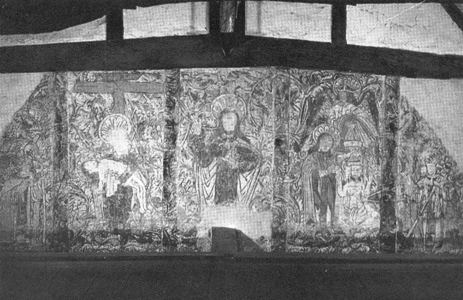OS grid reference TL051090 Local time Friday 10:18 AM | Sovereign state United Kingdom Postcode district HP1 Dialling code 01442 | |
 | ||
Weather 13°C, Wind S at 23 km/h, 84% Humidity | ||
Piccotts End is a village in Hertfordshire, England situated on the upper River Gade. While often mistaken for a hamlet, it became a village when its church - All Saints - was dedicated in 1907 and remained a place of worship until the 1970s. It is in the Dacorum Ward of Gadebridge.
Contents
Map of Piccotts End, Hemel Hempstead, UK
The village is home to several medieval cottages and a number of Georgian and Regency villas. One of these, Marchmont, is now a public house. There is an extensively restored 19th century watermill. Piccotts End is positioned on the edge of Hemel Hempstead's extensive urban area, but careful planning has kept green space between it and the town.
The Piccotts End Pumping Station operated by Three Valleys Water takes its name from the village, but is actually located on a dedicated utility site containing water treatment works and an electricity sub-station.
Picotts End Murals
In 1953 some unusually fine medieval wall paintings were discovered in some cottages here. The paintings date to between 1470 and 1500 and show a number of religious scenes, including the baptism of Jesus by St John (wearing camel skin complete with head and hoofs) and a scene of the Virgin Mary holding Christ's body in front of the cross. Also depicted are St Peter, St Catherine of Alexandria with her wheel and sword and St Margaret of Antioch emerging from the belly of the dragon. It is believed that these wall paintings show a link to the 'heretical' Cathar beliefs of southern France and adjacent areas of Catalonia and northern Italy.[1] The building was also found to have a hidden room in the roof, suggesting it was a priest hole and an Elizabethan painted room in the next door cottage. In 1827 the same building had been converted into the West Herts Infirmary, the first cottage hospital, by Sir Astley Cooper, providing free medical services.
